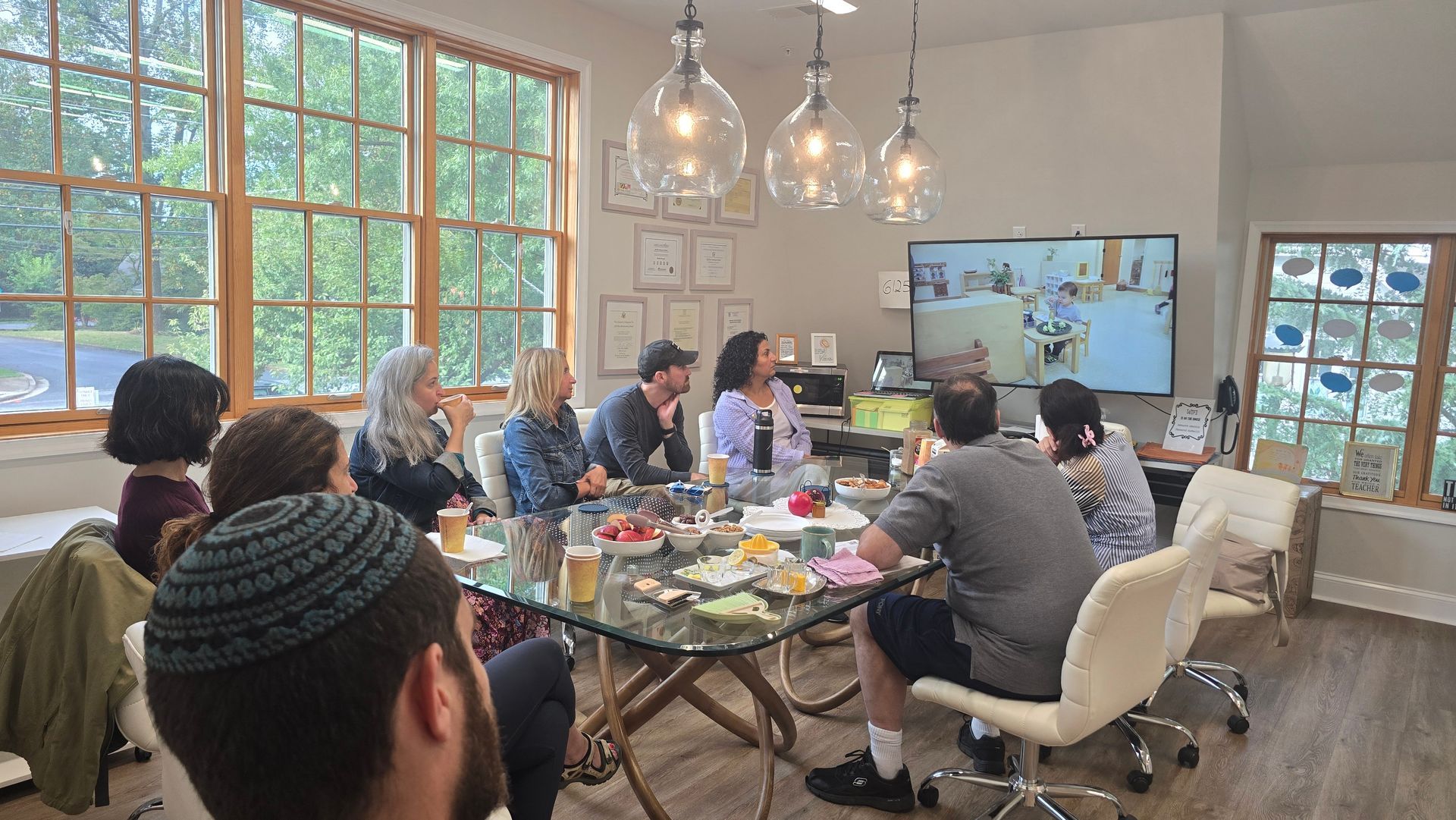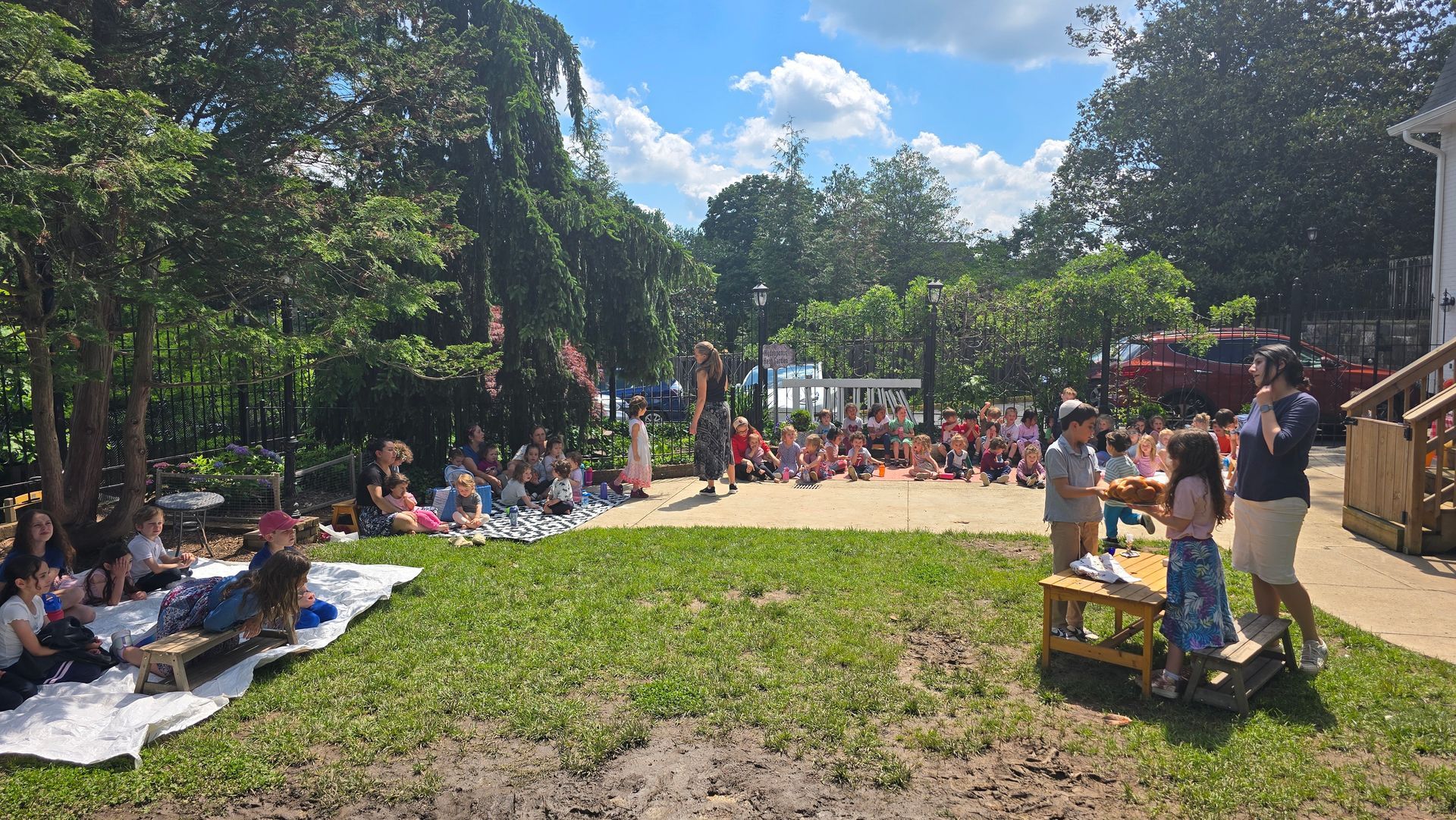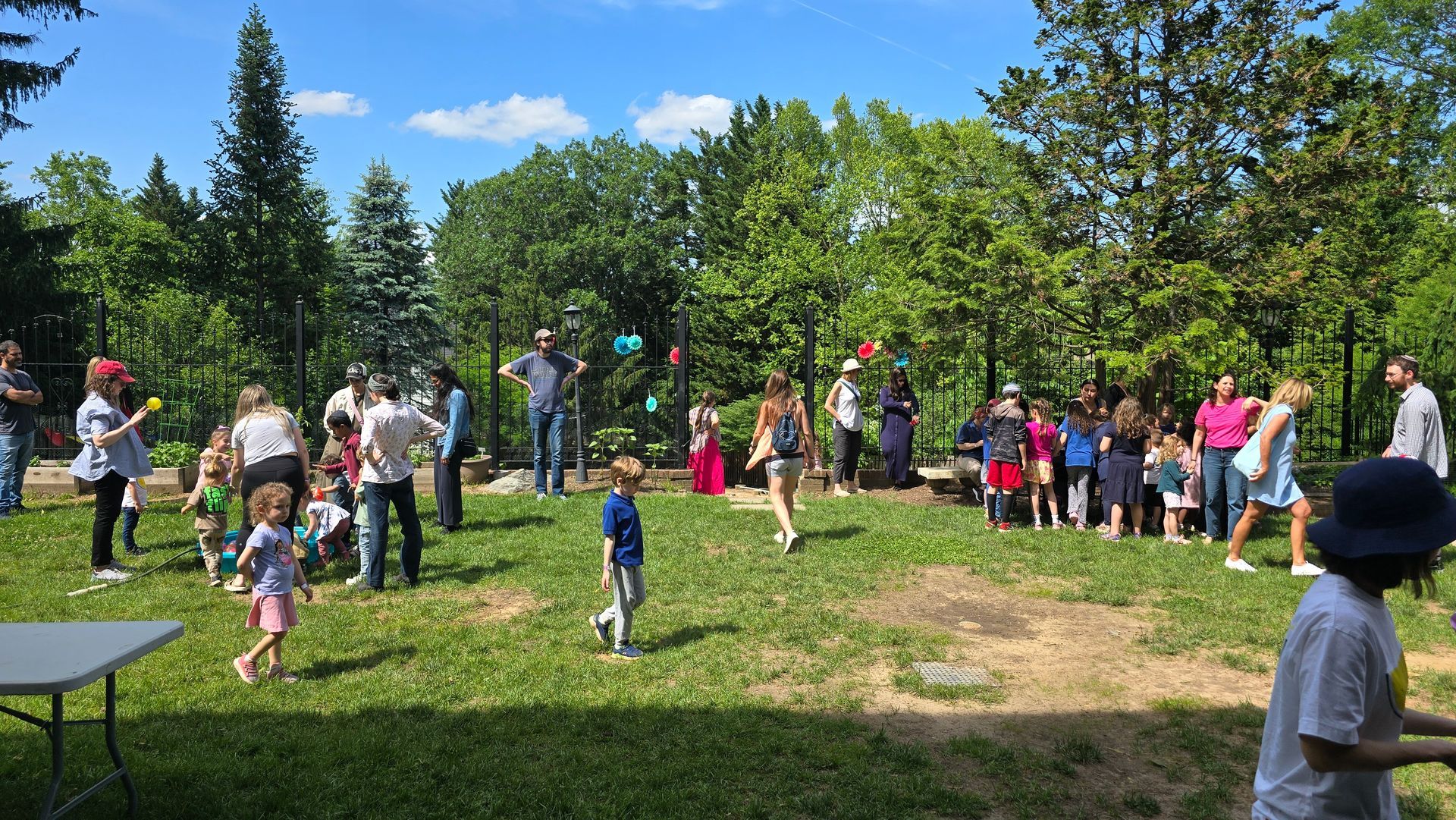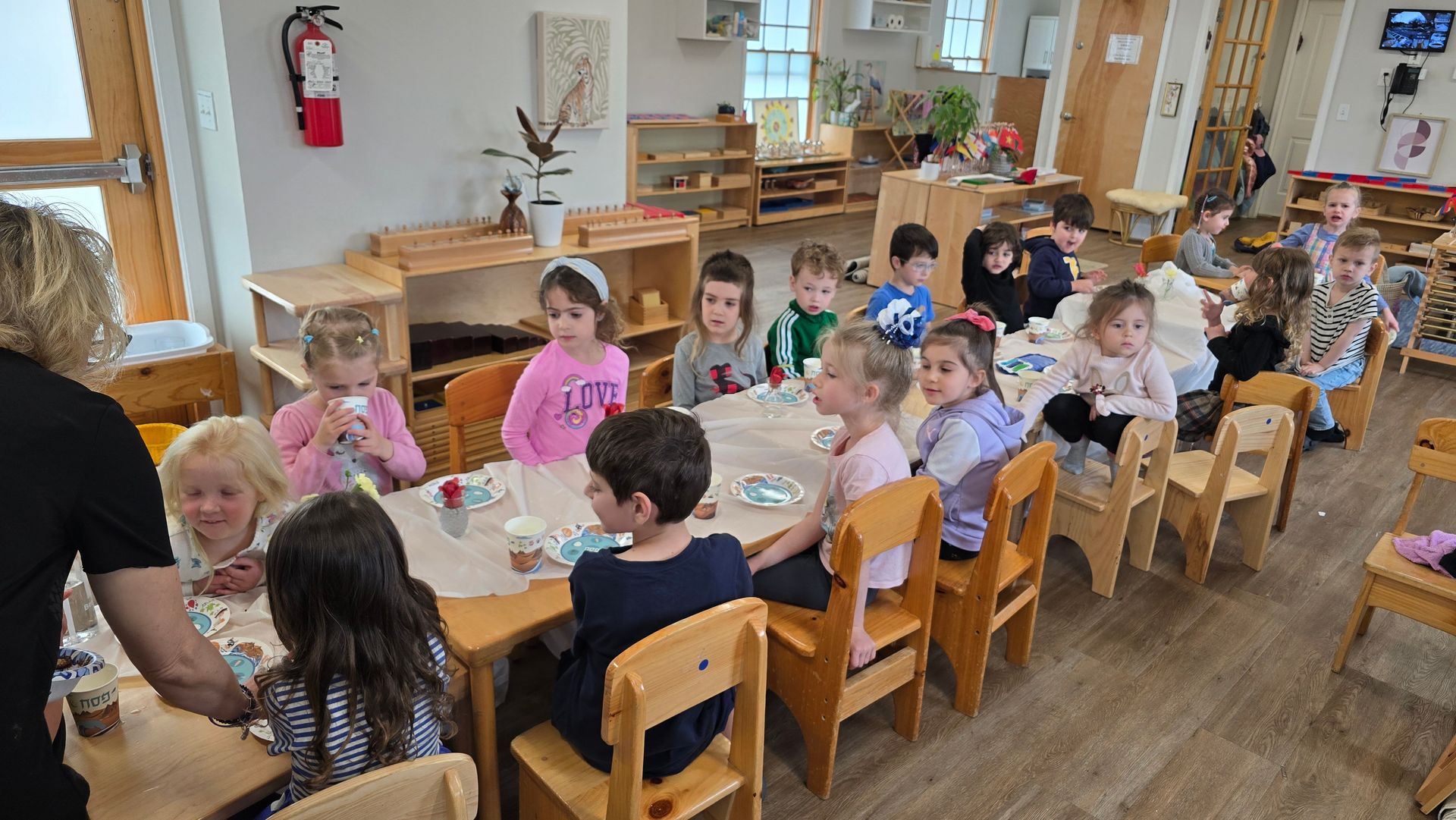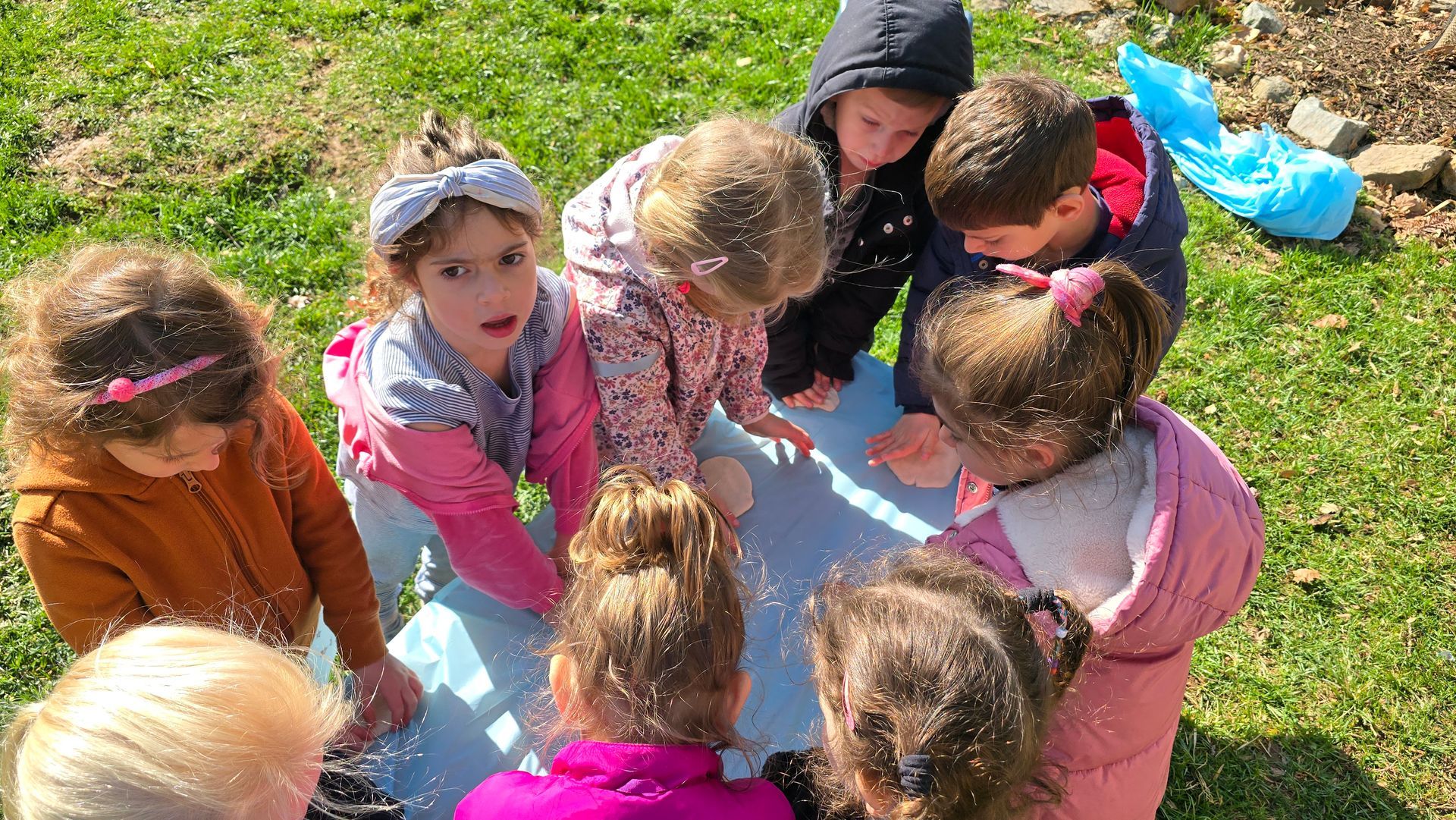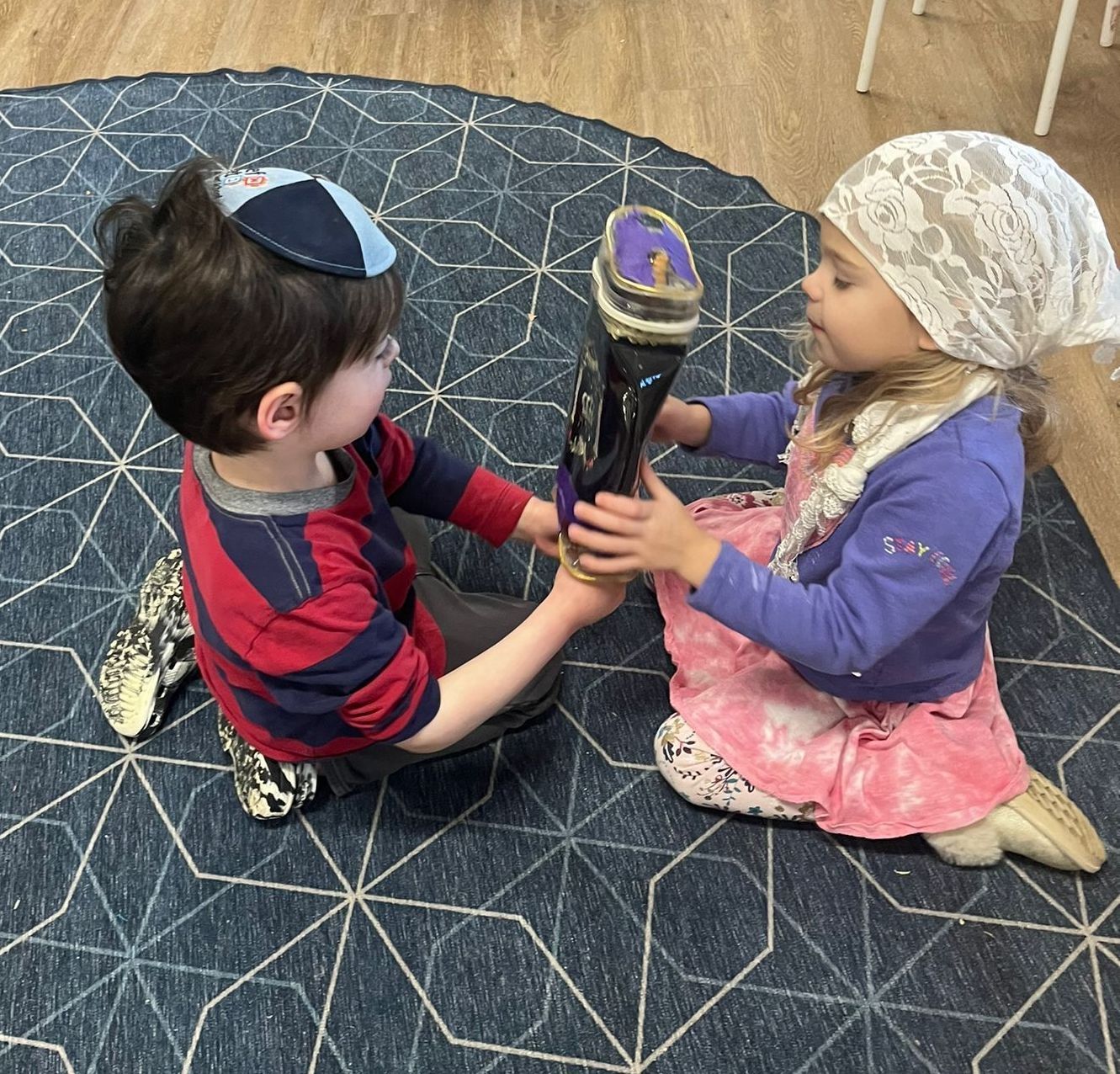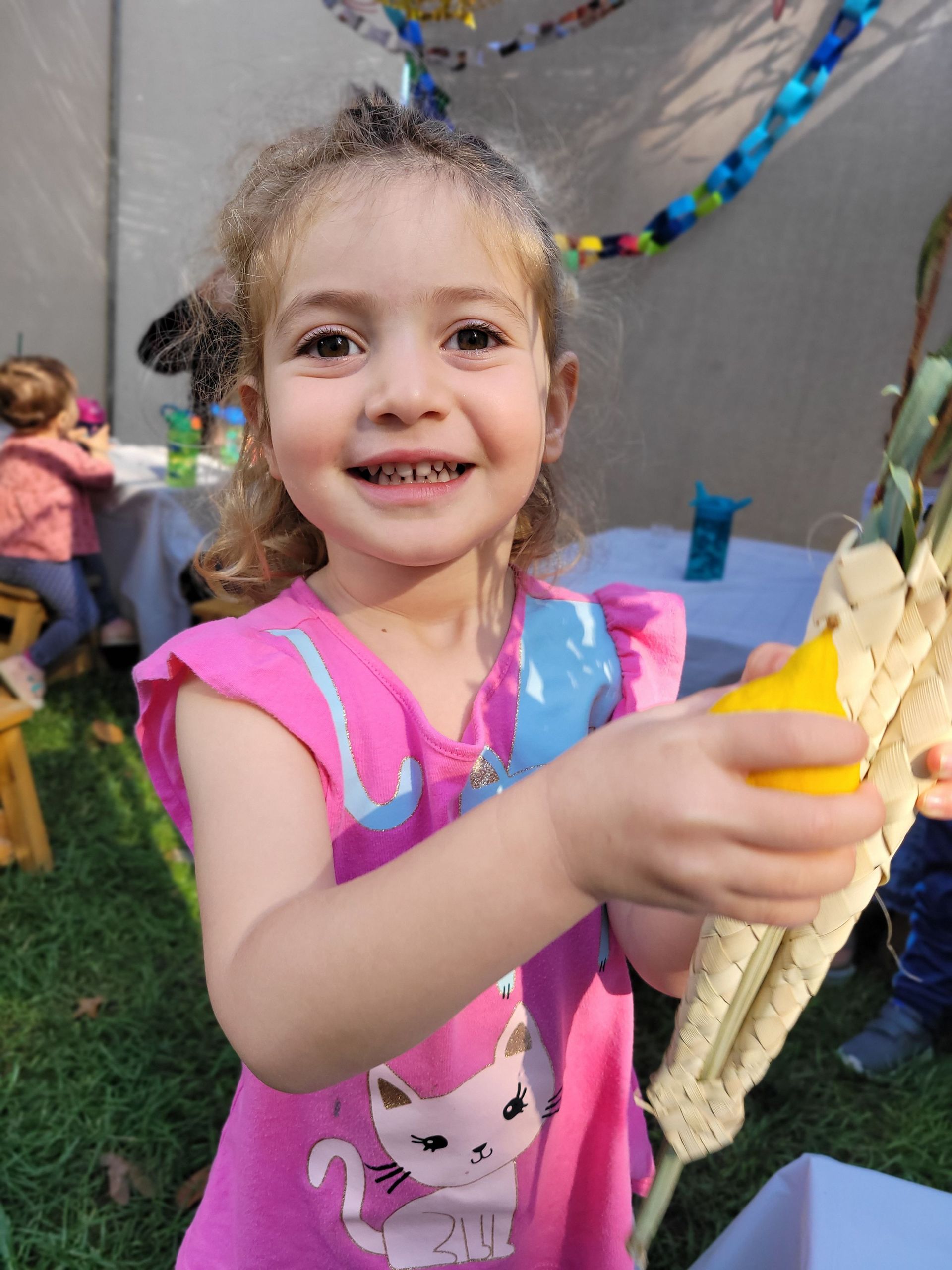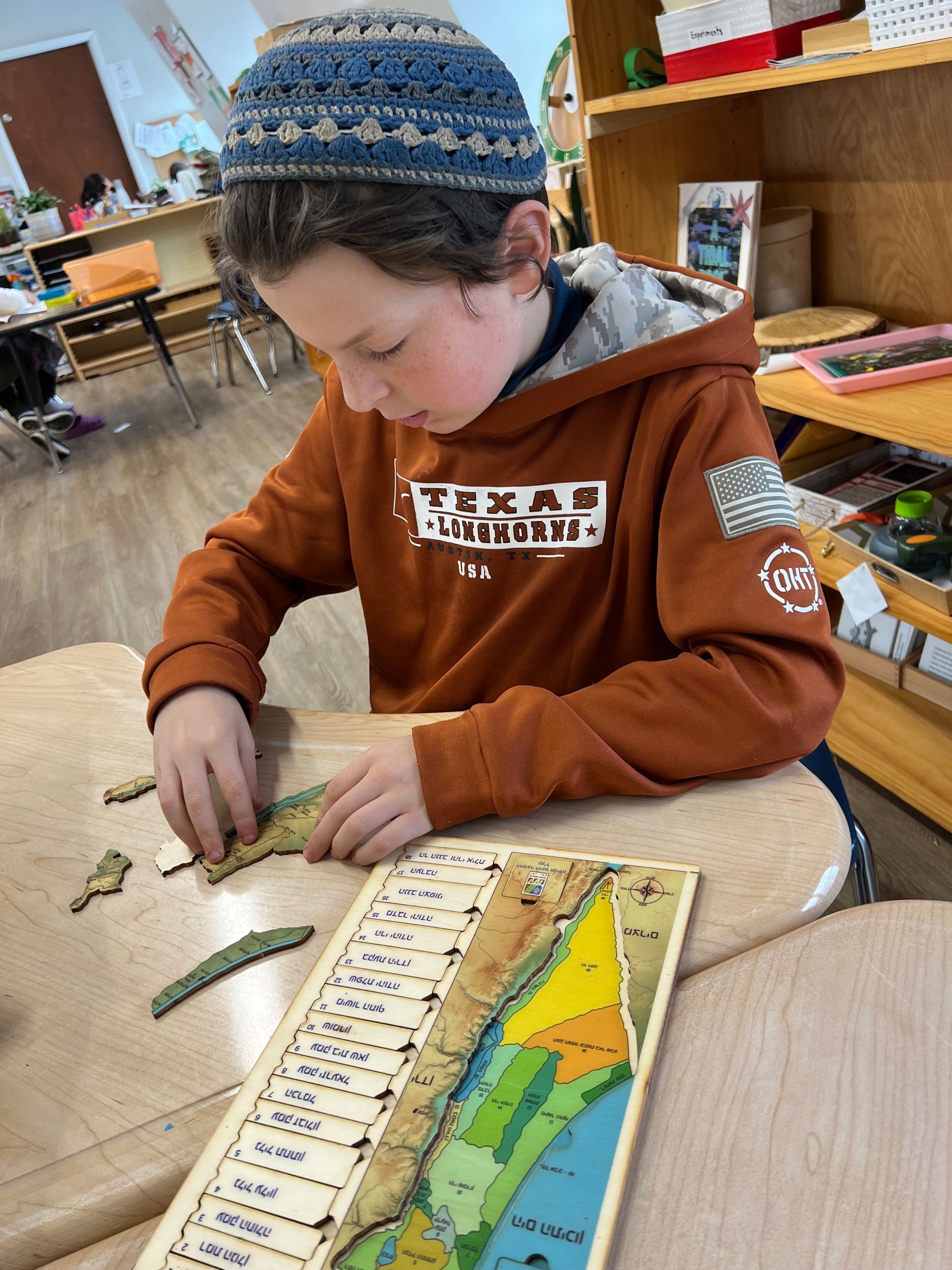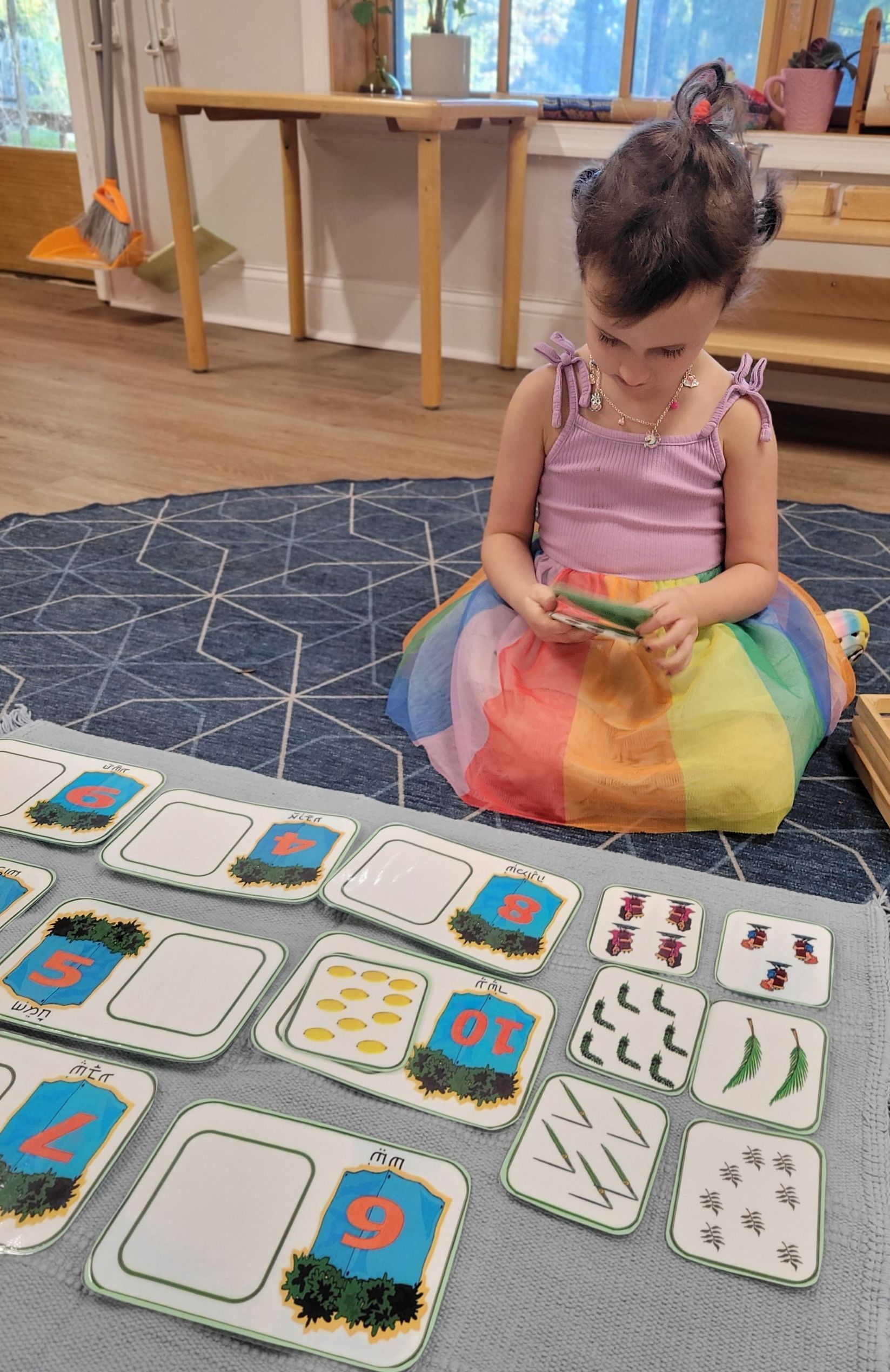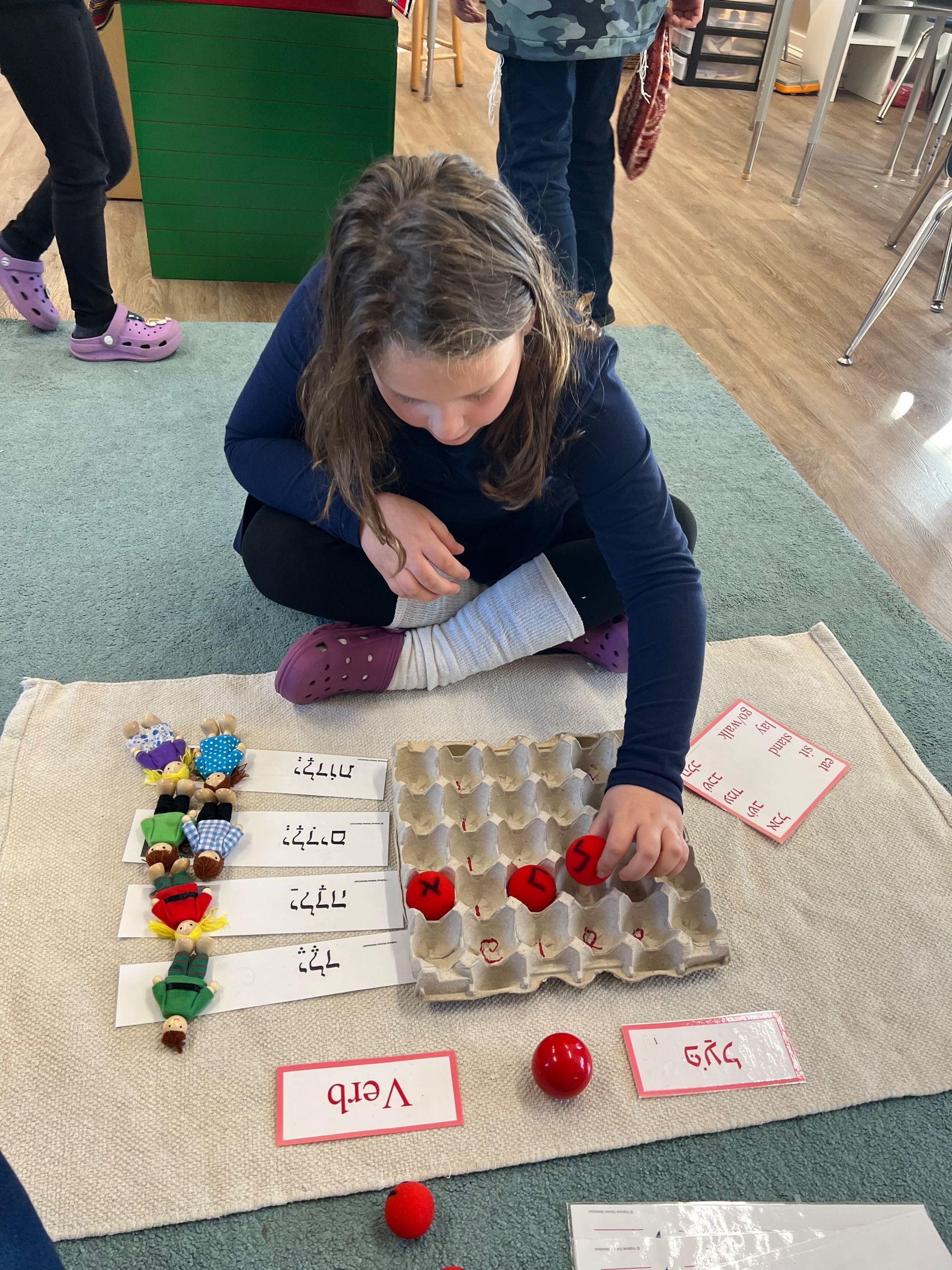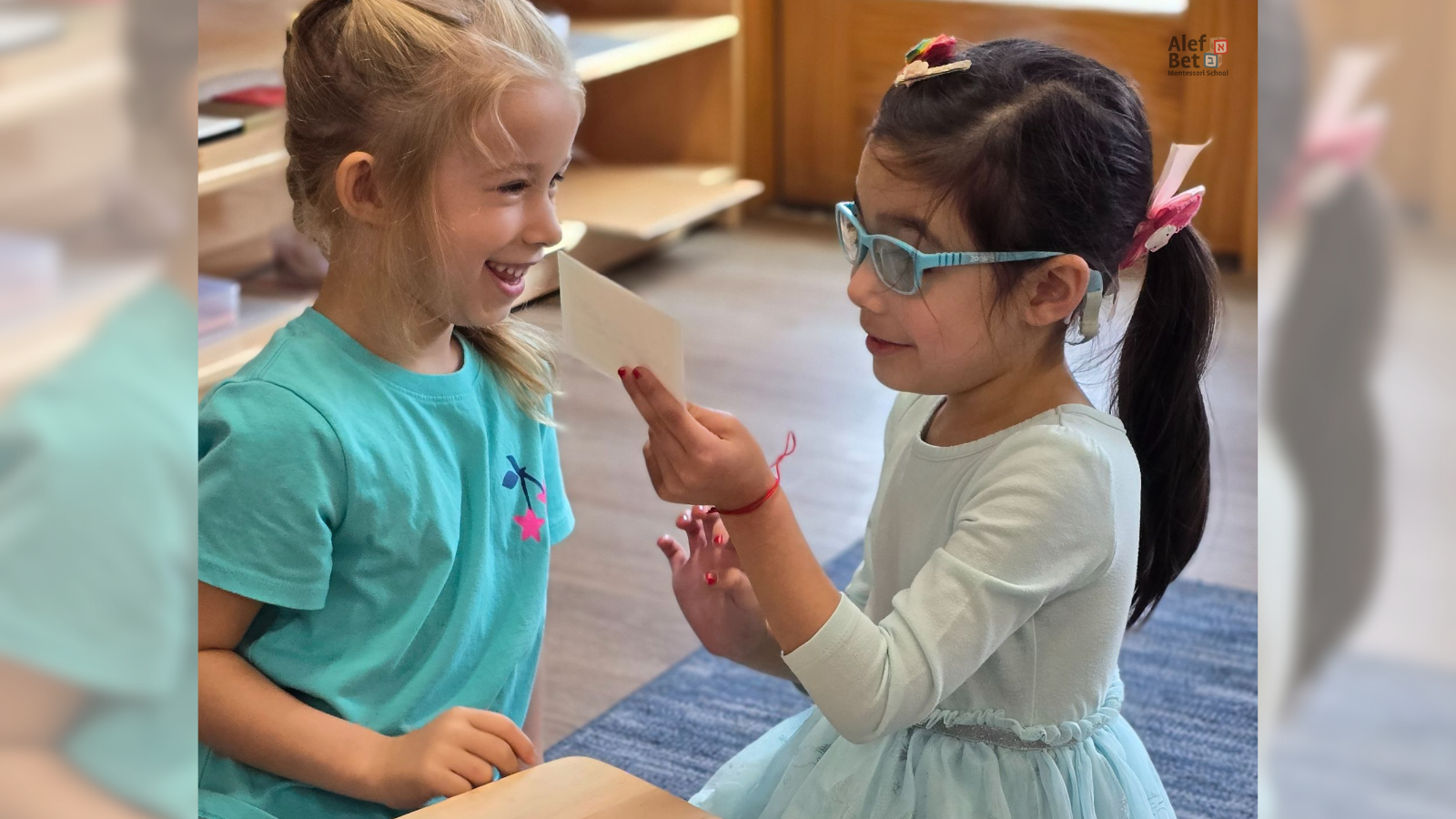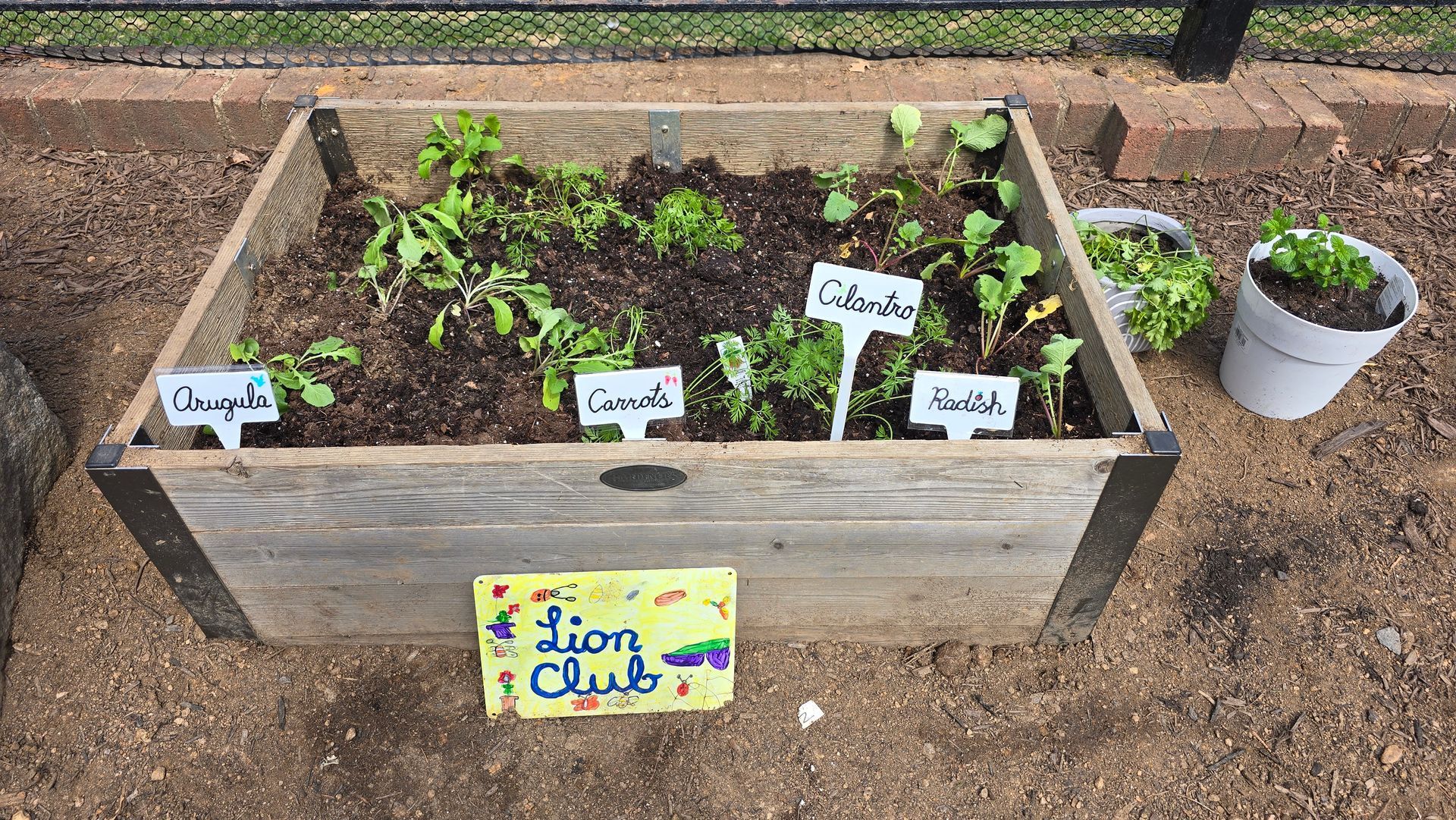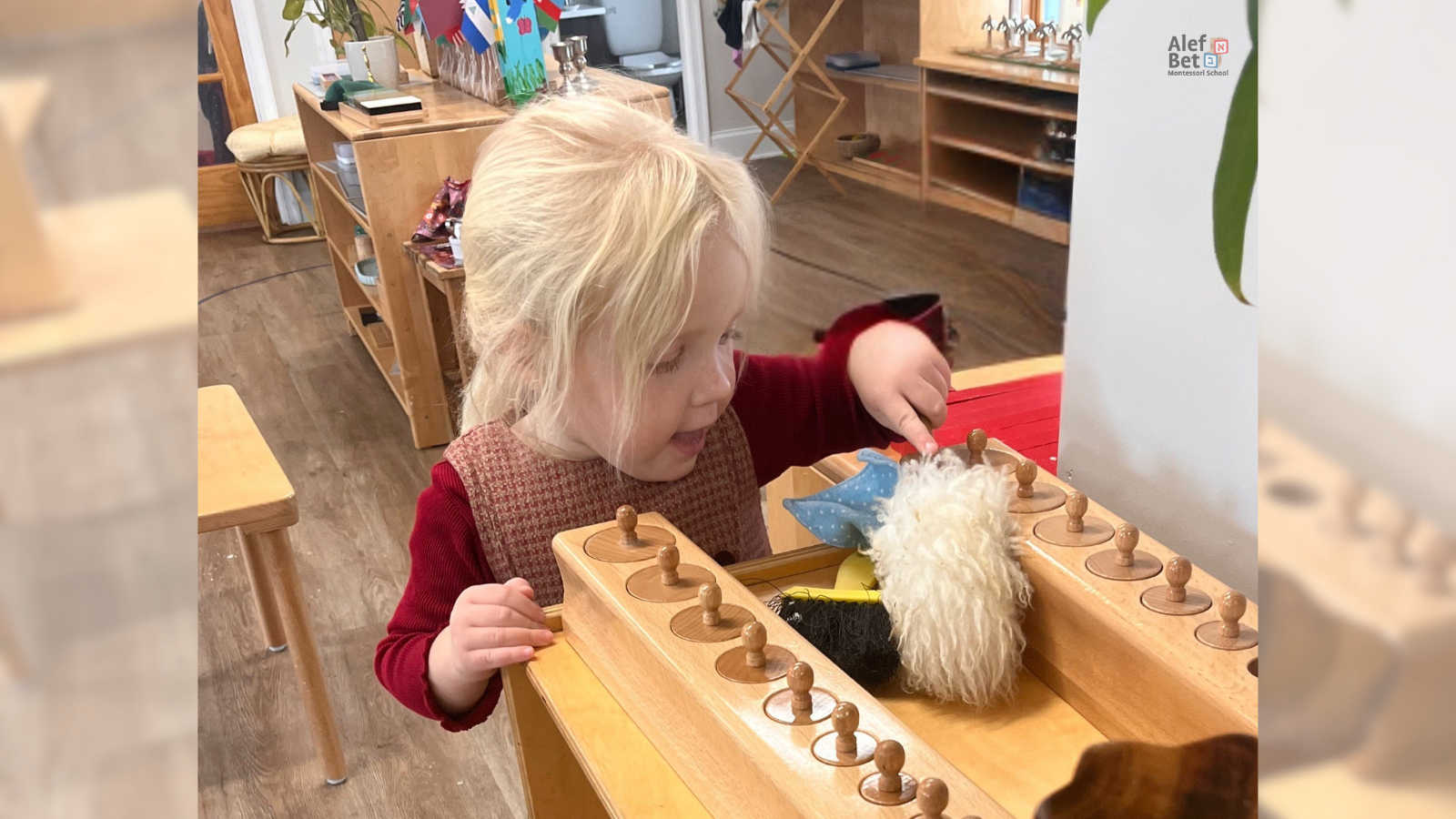What is a Jewish Montessori School?
What does Judaism have to do with Montessori education? It is much more than a place where Jewish parents send their children to get a Montessori education. It is, in fact, a place where the Jewish values inform and infuse the methods and philosophy of Montessori schooling to create something that is greater than the sum of its parts.
The basis from which all else flows, in dealing with children, is an overriding respect, love and appreciation of the value of each child. Maria Montessori quotes a Roman poet, saying “The greatest reverence is owed to a child.” Each human being has such unique strengths and capabilities, that we must give each his own ability to develop those strengths and capabilities. We must provide for the child an environment filled with warmth and love, and rich in spiritual nourishment, so the child can develop himself to his fullest potential.
Shlomo Hamelech himself, the wisest of all men, said it best of all: “Chanoich l’naar l’fi darcho.” Teach a child according to his way.
We, in this Jewish Montessori school, are creating an environment in which the children feel the love and respect due them. They absorb the trust that we have in them and in their abilities, and we allow them to develop the independence that they desire. We create an environment in which they can learn and absorb the Jewish values of caring, and fairness, of the love of G-d and man, and of the Jewish religion and its beautiful traditions.
How do we create this environment? We blend with finely woven balance, structure and freedom. In the Montessori classroom, there is great freedom. There is the freedom to choose an activity, the freedom to choose how long to do the activity, the freedom to move about the classroom, to socialize, and to reflect. Inherent in those freedoms, however, are natural limitations, which provide structure and limits to the child’s freedom, such as the respect due to others in the classroom, and to the environment and its materials. Limits that are placed on individual freedom are for the sake of the group.
The Vilna Gaon, a great Rabbi of the 19th century, said that a person’s personality is set, but how that personality is expressed constructively is the challenge of education. That is our challenge at Alef Bet Montessori, as we assist the child in “becoming.”


